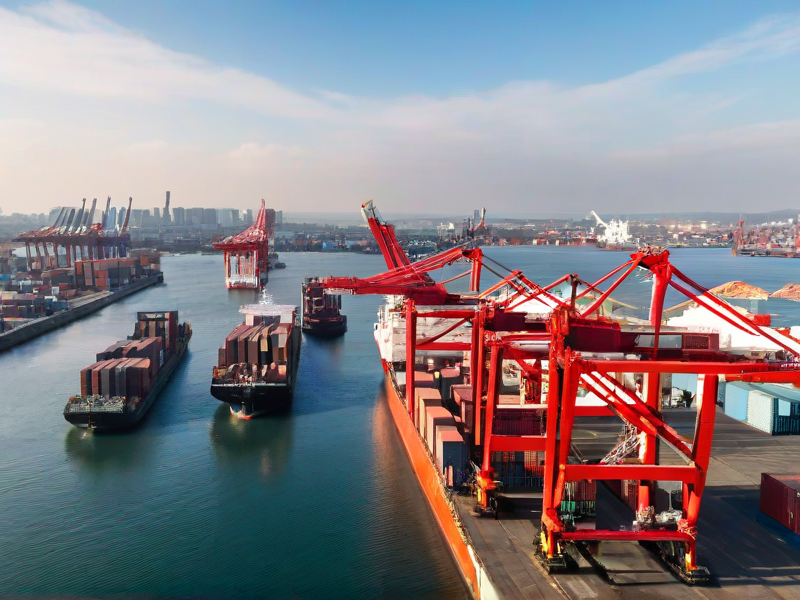In recent years, Cambodia has emerged as a rising star on the Southeast Asian logistics map, thanks to its unique geographical location and robust development potential. With the release of the “2023-2033 Cambodia Transit and Logistics System Comprehensive Master Plan,” Cambodia’s logistics industry is entering an era of unprecedented development opportunities.

1. Cambodia: Southeast Asia’s New Logistics Star
Located at the southern tip of the Southeast Asian peninsula, Cambodia’s prime geographical location makes it an important bridge between China and ASEAN countries. Its proximity to economically dynamic nations like China, Thailand, and Vietnam provides favorable conditions for Cambodia’s international logistics. In recent years, Cambodia’s economy has grown at an annual rate of 7.1%, demonstrating strong development momentum. However, high logistics costs and weak transportation infrastructure have been major bottlenecks limiting its economic diversification and international competitiveness.
To break through these limitations, the Cambodian government is pushing forward the development of its logistics system with unprecedented effort. According to a report by the World Bank, through systematic reforms and strategic investments, Cambodia can not only significantly reduce logistics costs but also position itself as a more crucial player in the regional economy, becoming a key hub in both the ASEAN market and the global supply chain.
2. Release of the Logistics System Master Plan: The Blueprint is Set
In 2023, the Cambodian government reviewed and approved the “2023-2033 Cambodia Transit and Logistics System Comprehensive Master Plan.” The release of this plan marks the beginning of a new phase in the development of Cambodia’s logistics system. According to the plan, Cambodia’s transit and logistics system has four main objectives: to expand and strengthen the scope and capacity of transportation infrastructure; to improve the efficiency and effectiveness of transportation services and infrastructure; to promote and upgrade transportation network infrastructure to support national development policies; and to enhance service efficiency while reducing logistics costs.
To achieve these goals, the plan identifies 174 priority projects with a total value of $36.68 billion. These projects span multiple areas, including roads, railways, waterways, shipping, air transport, and logistics systems, with the aim of building an efficient, convenient, and interconnected logistics network. Of these, 94 projects focus on roads, 8 on railways, 23 on waterways, 20 on shipping, 10 on air transport, and 15 on logistics systems. The implementation of these projects will inject strong momentum into the development of Cambodia’s logistics system.

 alt=""
alt="" 


 Logistics line quotation
Logistics line quotation Cross-border express order
Cross-border express order 24 hours online customer service
24 hours online customer service Huixiang Cross-border Logistics all rights reserved
Huixiang Cross-border Logistics all rights reserved 






